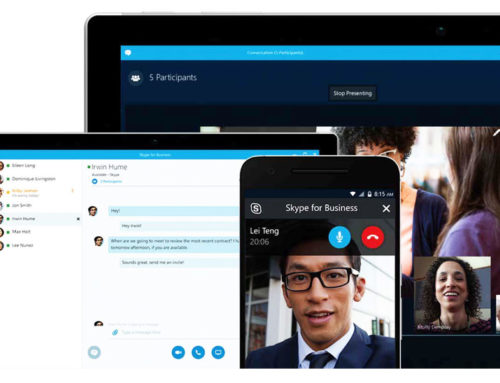Are Your Listeners Tired of Hearing ‘The Same Ol’ Thing’?
Consider a More Meaningful, Authentic Approach!
If you are reading this blog post, perhaps you, or someone you know, happens to be a presentation “traditionalist’ — or someone who prefers to deliver “old school” PowerPoint presentations, read their slides to you or read from a script, and frequently bury you in information without answering the question for you of “So what?”
However, Thankfully, more and more presenters and business leaders todayare realizing it’s time for a change. In fact, my advice is to trash what they taught you in that public speaking class so many years ago. The old “presentation” methodology is dead, now it’s about connection, engagement, authenticity and storytelling.
Want to talk like Ted talks?
The bar for effective presenting was raised overnight since the advent of TED talks. Attracting millions of views — and often powerful enough to transform a viewer’s perspective in just 18 minutes — some of the most impactful TED talks are becoming the gold standard in presentation skills.
So, how can you borrow some of the public speaking magic from today’s experts?
Try Approaching Public Speaking Like the ‘Ted’ Talk Masters
Here are some fresh ways to approach public speaking in today’s “Ted’ talk culture:
Keep your audience engaged.
It’s crucial to toss out some ofthose traditional “norms,” such as reading bullet points off of a slide presentation or sounding robotic as you progress through a dry, memorized speech. If you feel like you do need to use notes, try “bullet” talking points instead of a script. Memorized scripts keep you dull and boring and set you for disaster when you lose your place. You know your information, you just need small reminders to keep you on track, Outline your talk and practice. Practice makes permanent. And be sure to practice your opening and closing most. Those are the two most important elements of any message. How you position you message and how you wrap it up a crucial to success,
Be vulnerable around your topic.
I don’t believe that you can inspire others unless you are inspired yourself. You stand a much greater chance of persuading and inspiring your listener if you express an authentic, meaningful, and passionate connection to your topic. Anecdotal stories are great.
Consider sharing a story of victory — or perhaps a difficult struggle from your own personal journey. Ideally, don’t beat around the bush; try to incorporate these elements at the beginning of your presentation to captivate your listeners. And don’t hesitate to reveal details about your career path, or to share your vulnerabilities. Doing this will capture your listener in a compelling way and make a lasting impression.
Be generous.
Generosity is an essential ingredient in presentations. Throughout my career, I have observed that being generous helps you better connect with an audience in ways that you may have never thought were possible.
Examples of generosity might include sharing the spotlight with someone else, praising the competition, offering complimentary consultations, or showing your gratitude to individuals who have supported and helped you along the way. Some speakers also give items away to audience members, such as a newly published book or a fun prize to connect.
In general, show up to give. Give your expertise, your knowledge, your advice or recommendations, and remember that you are there to add value. Nothing more, nothing less.
Some Final Thoughts
The best public speakers see the value in sharing stories authentically, honestly, and generously. I believe that the more you give, the more your listeners will connect with you, and, most importantly, the more meaningful information they will take away. Realize that when you share your message, your goal is to impact your listener in a positive way.
Today, TED Talks, YouTube, and many other emerging digital platforms are transforming the way we deliver and receive information.
As such, public speaking is no longer the formal, old school ritual that we were taught back in school. Today’s presenters, and the public speakers of the future, must embrace a more casual and engaging form of public speaking to captivate audience members and leave a lasting impression.





